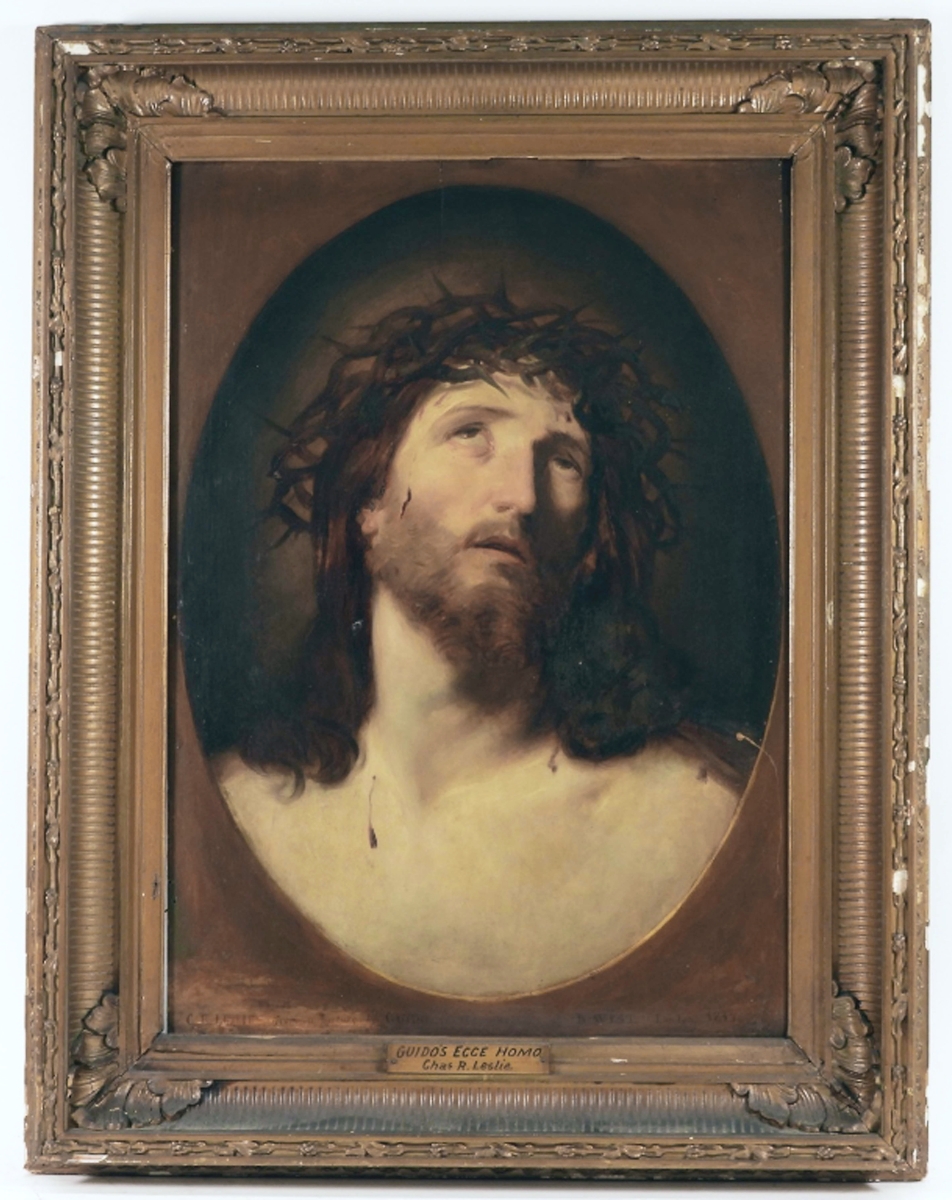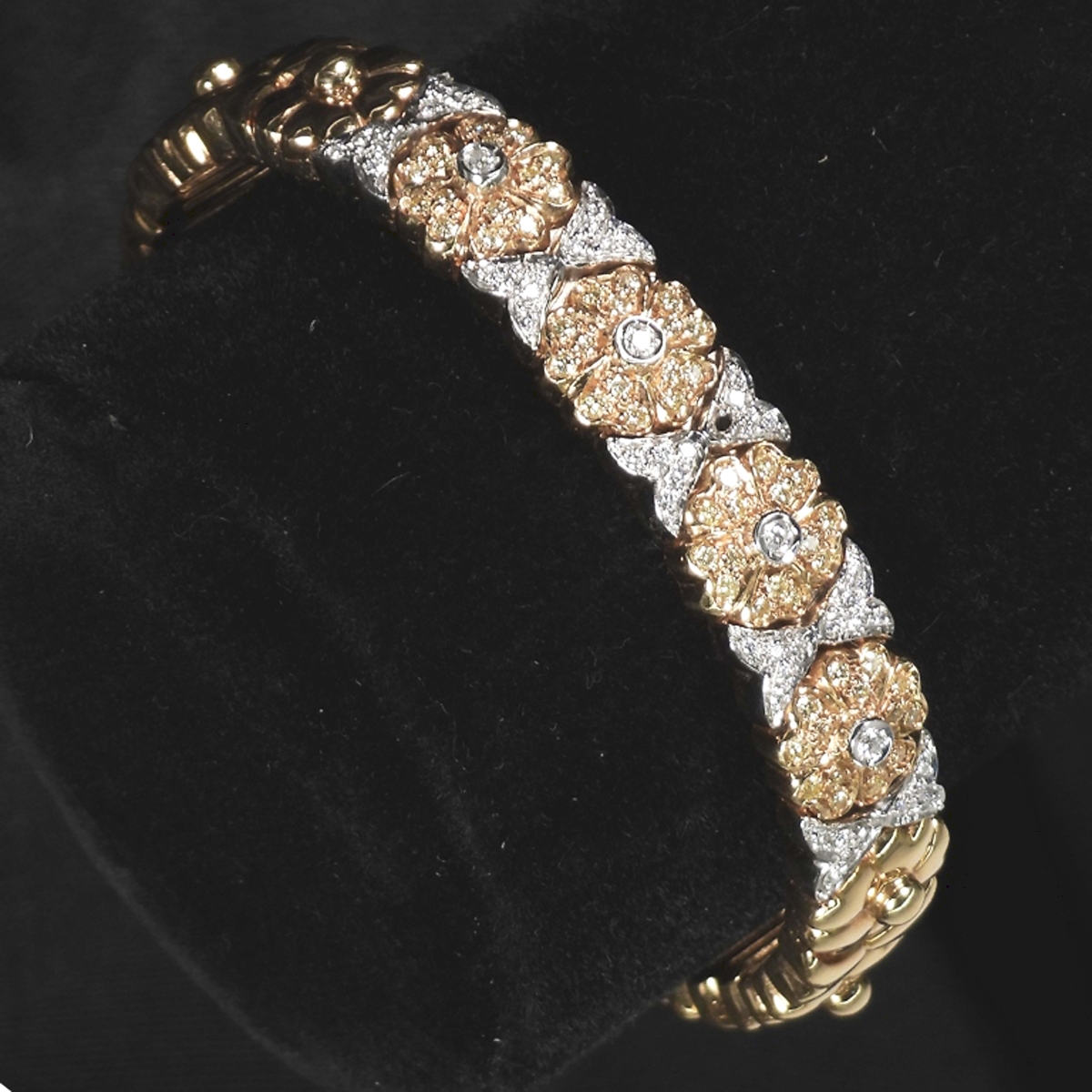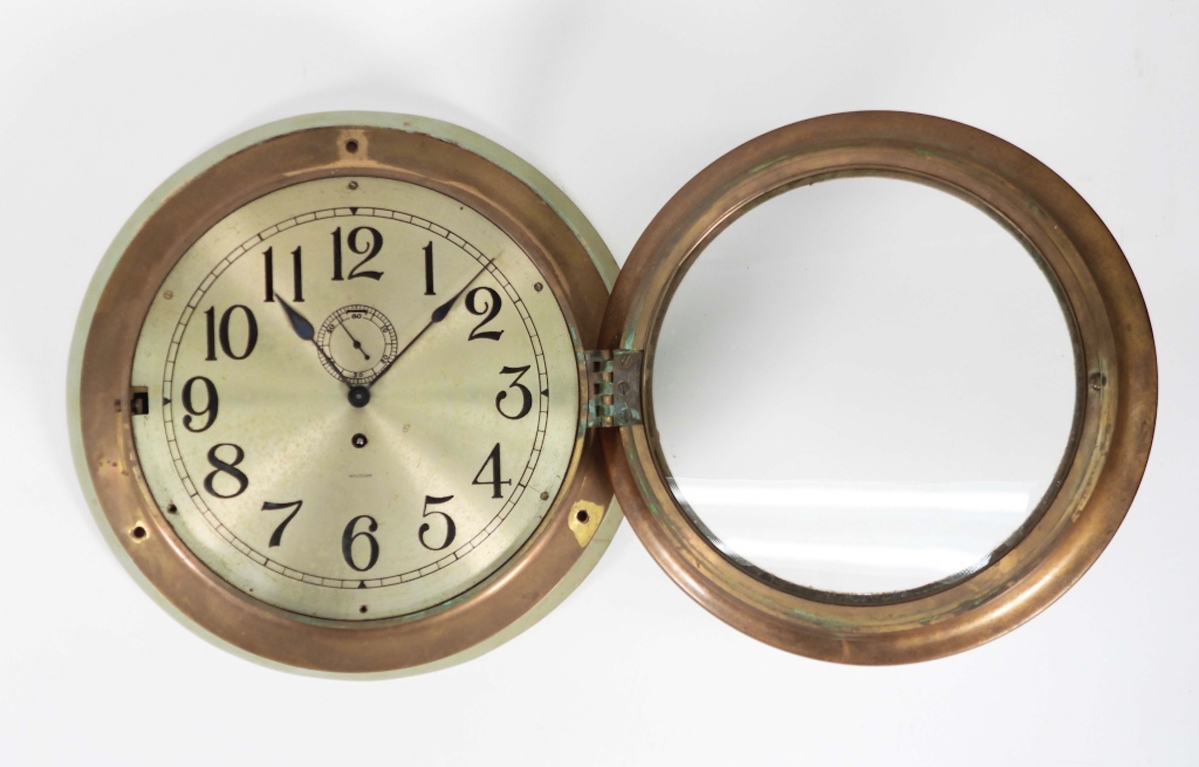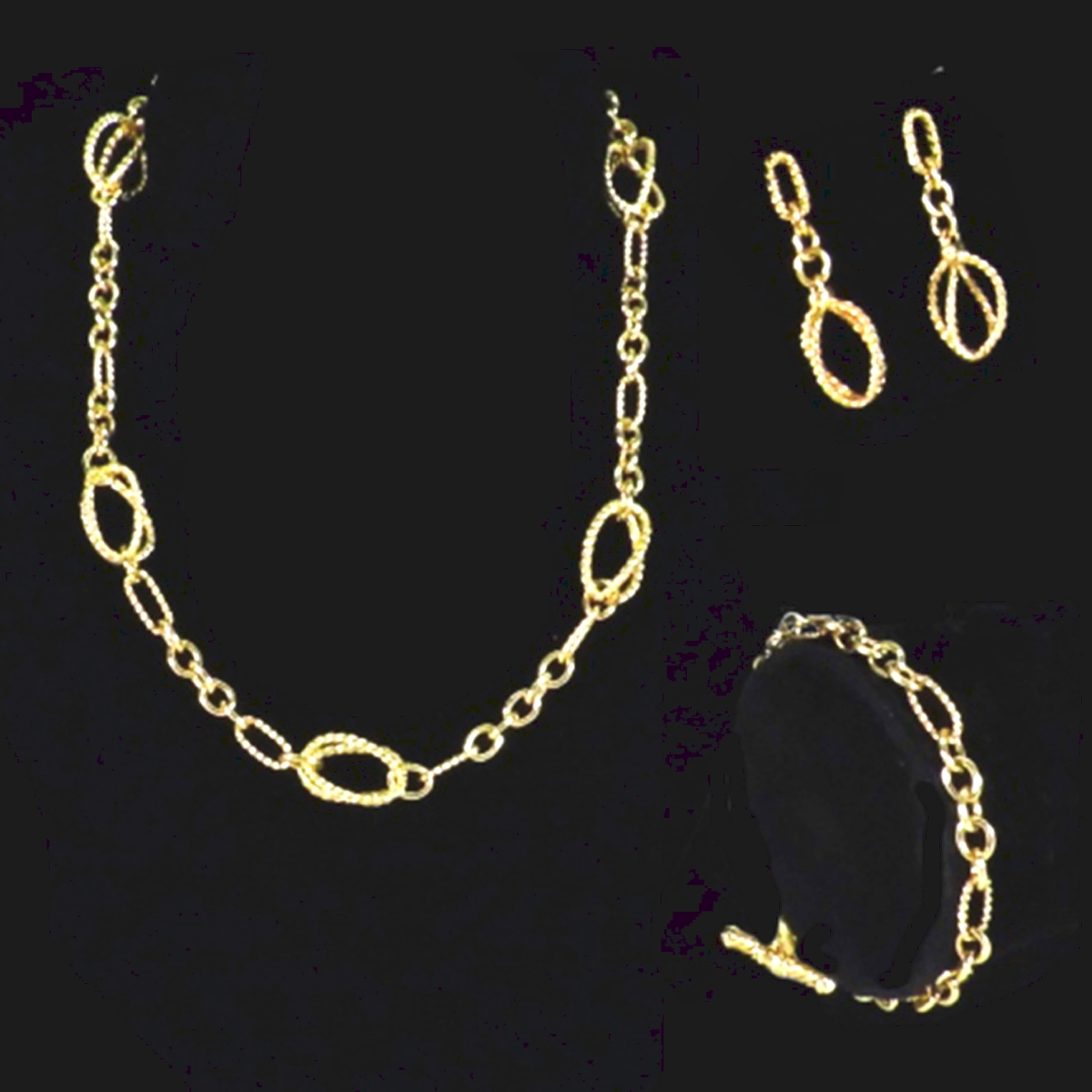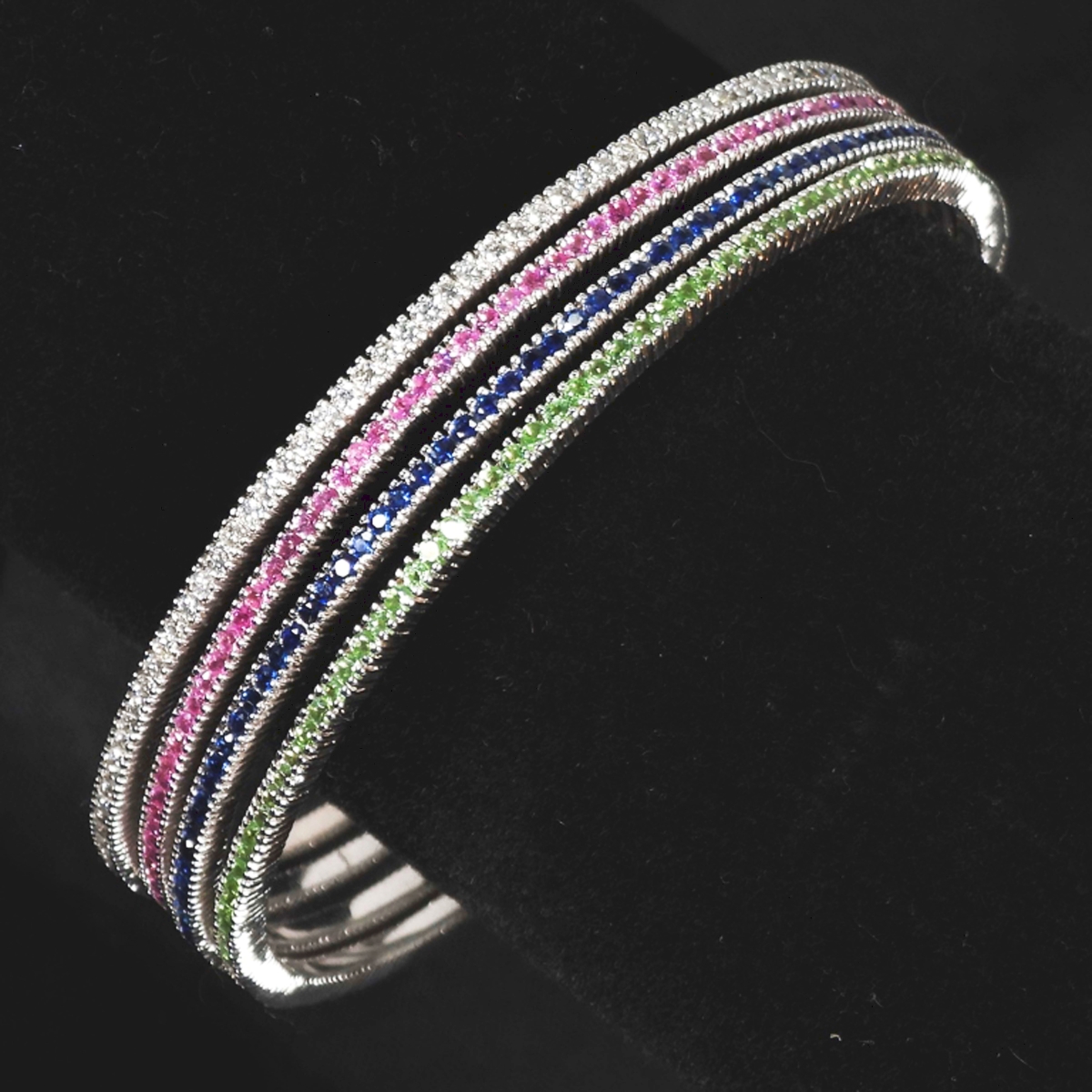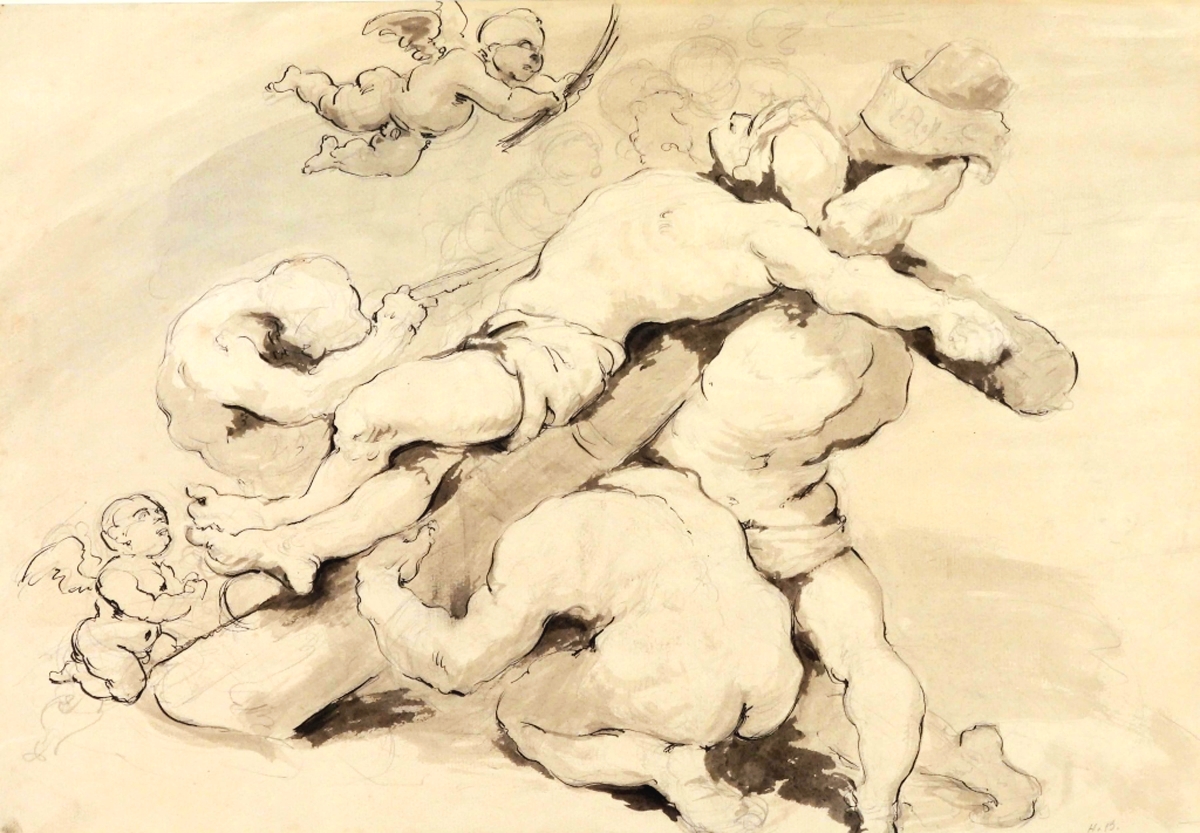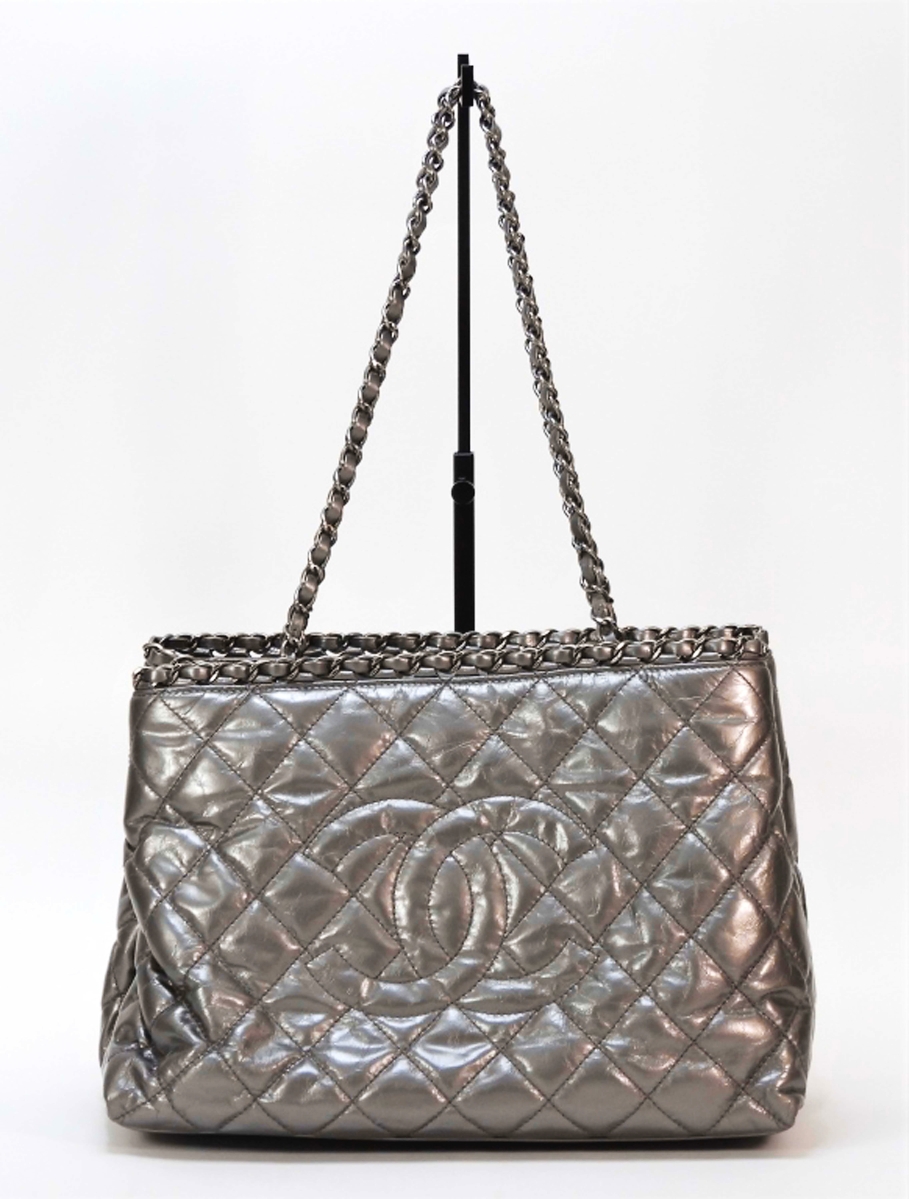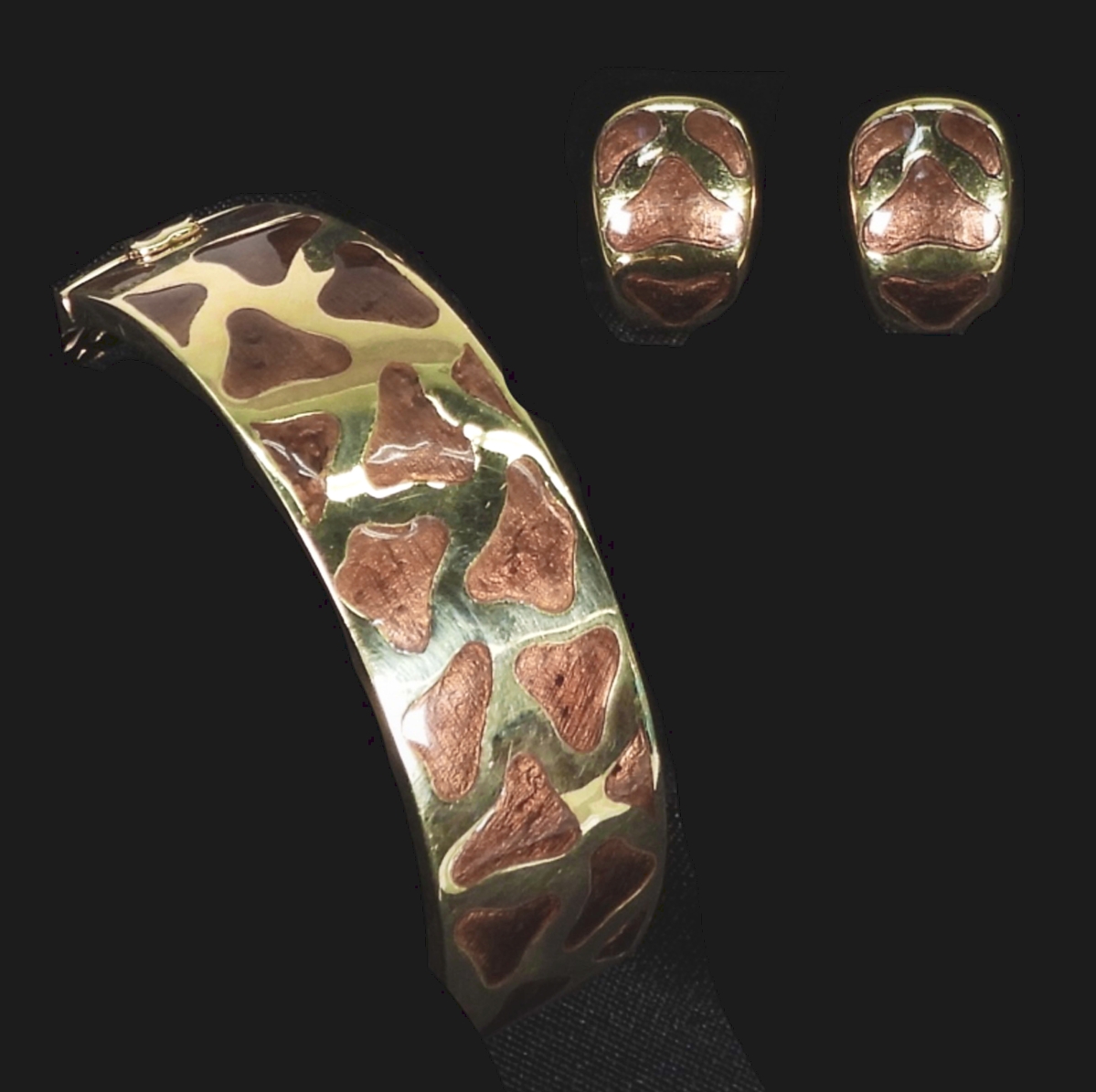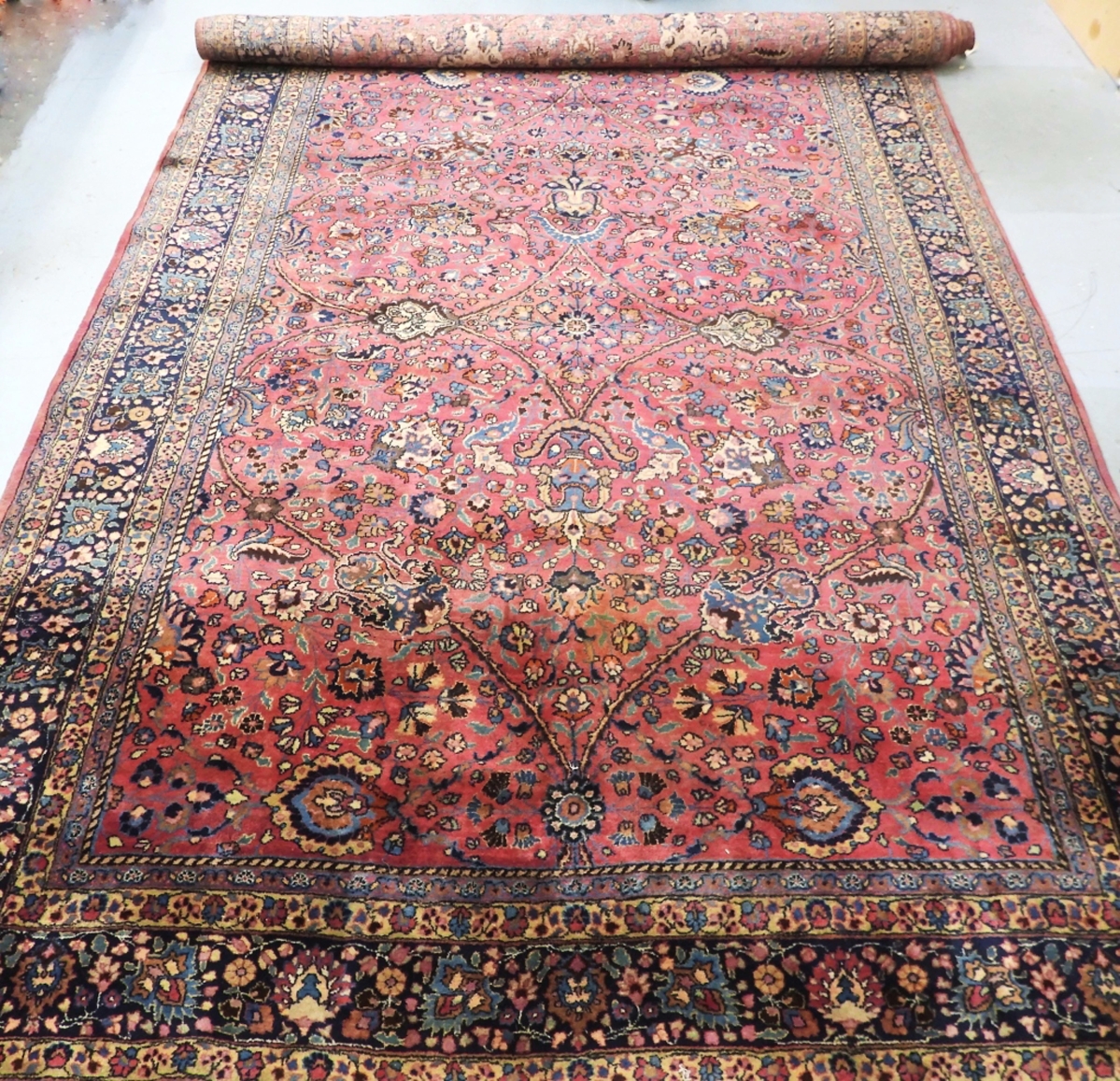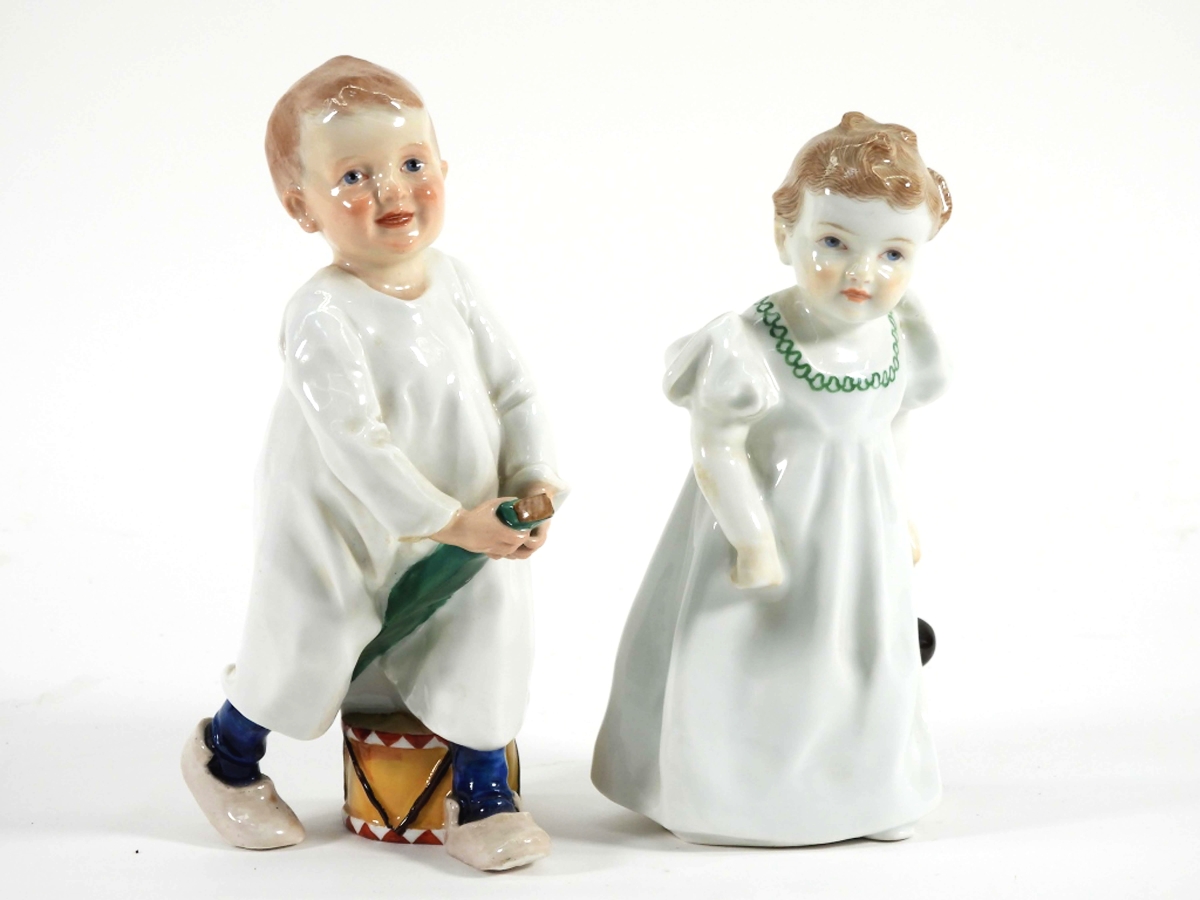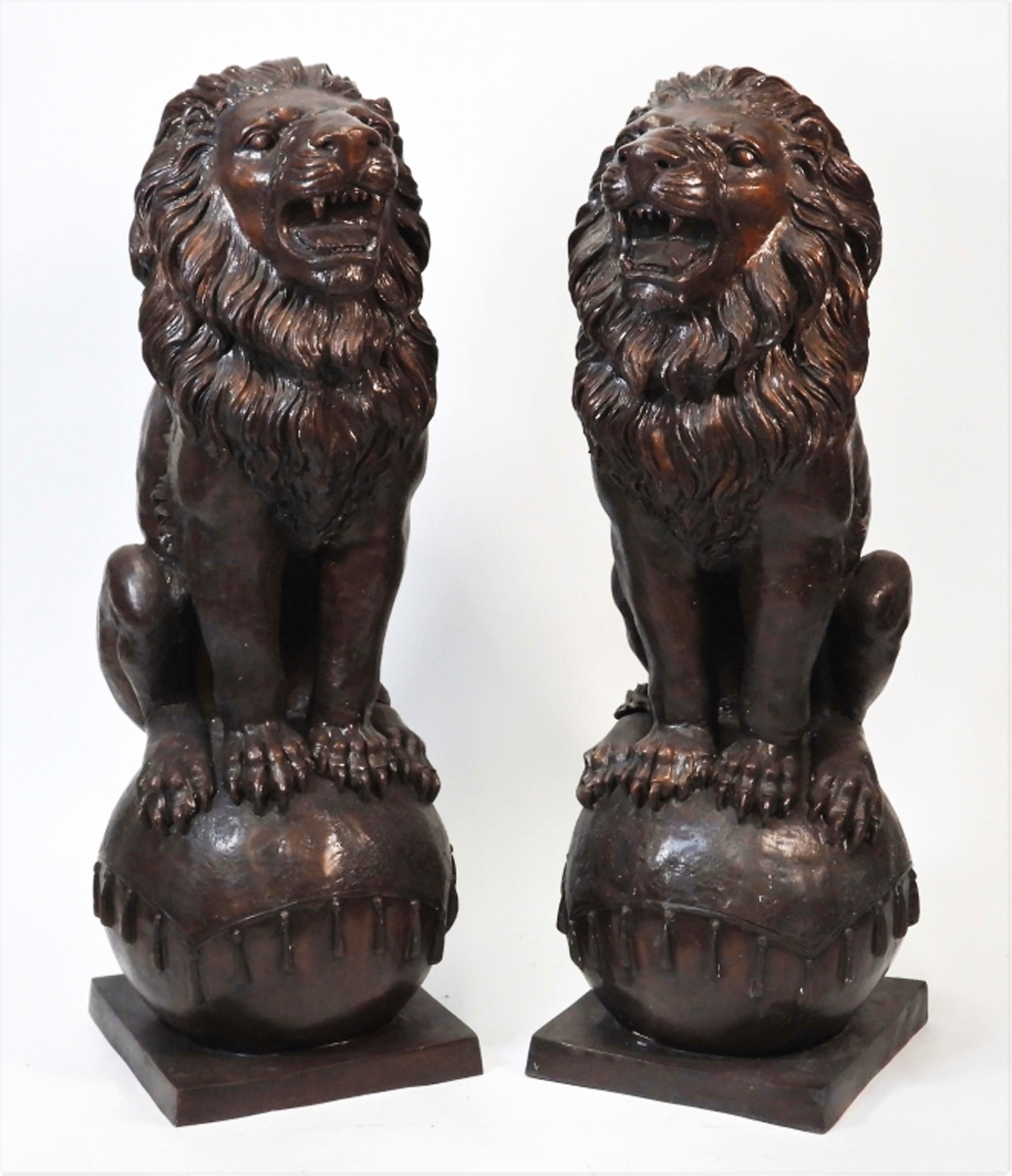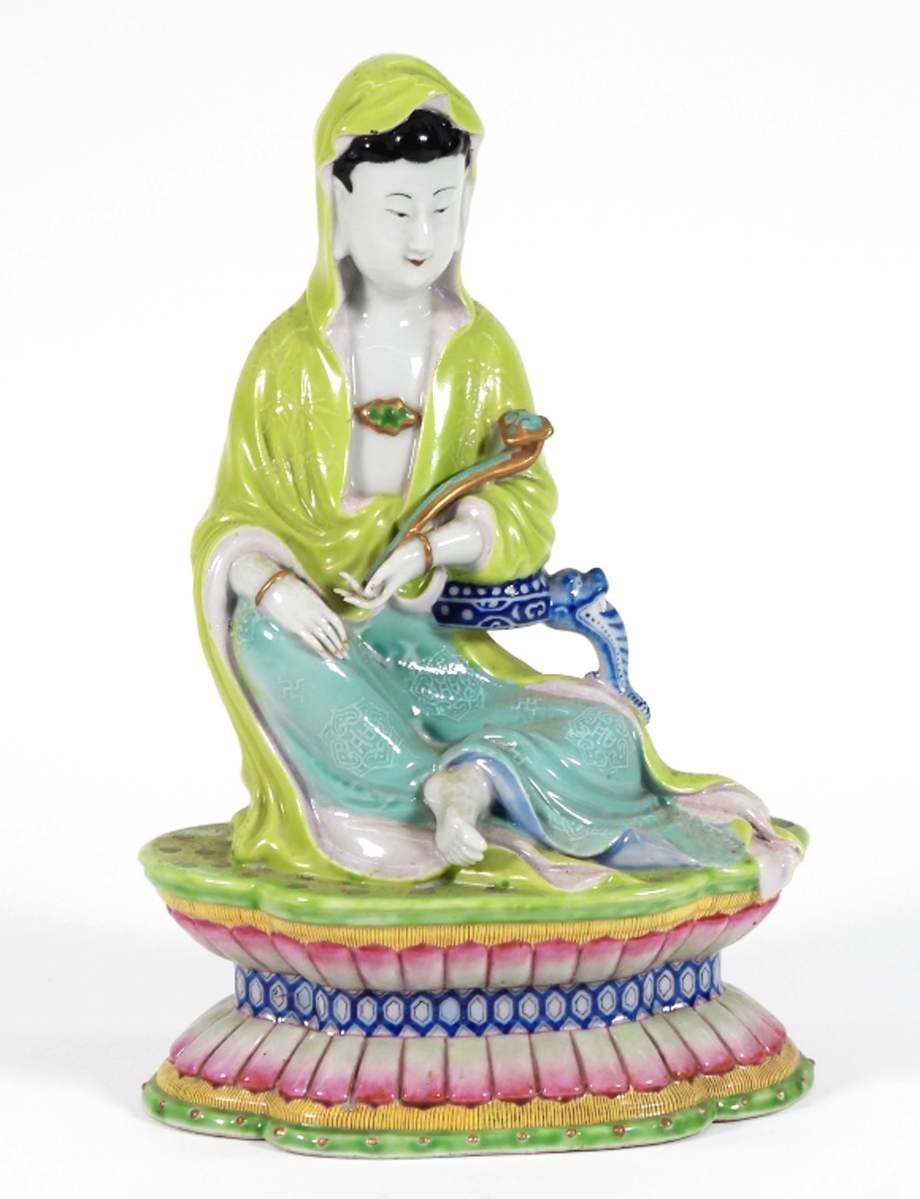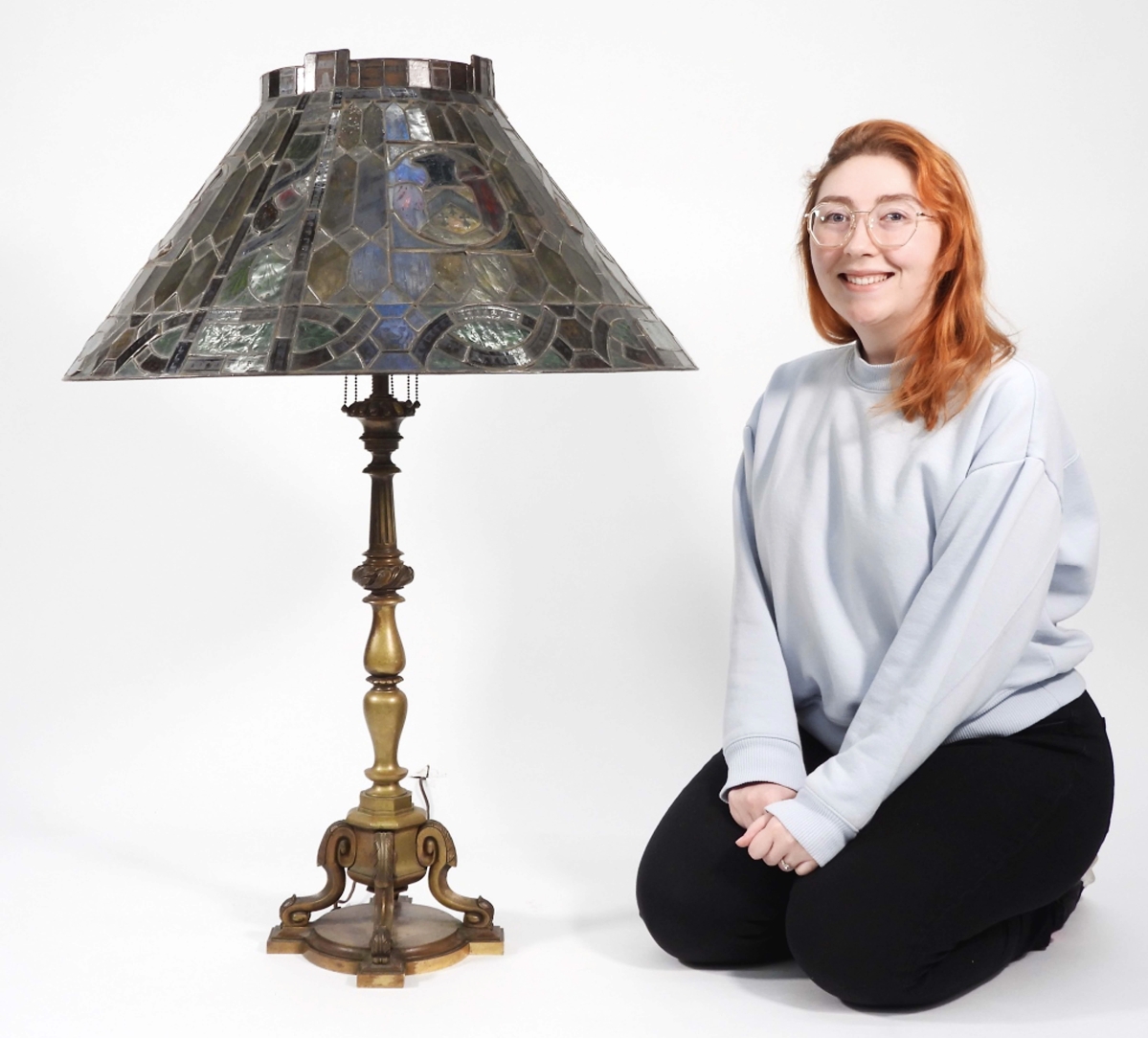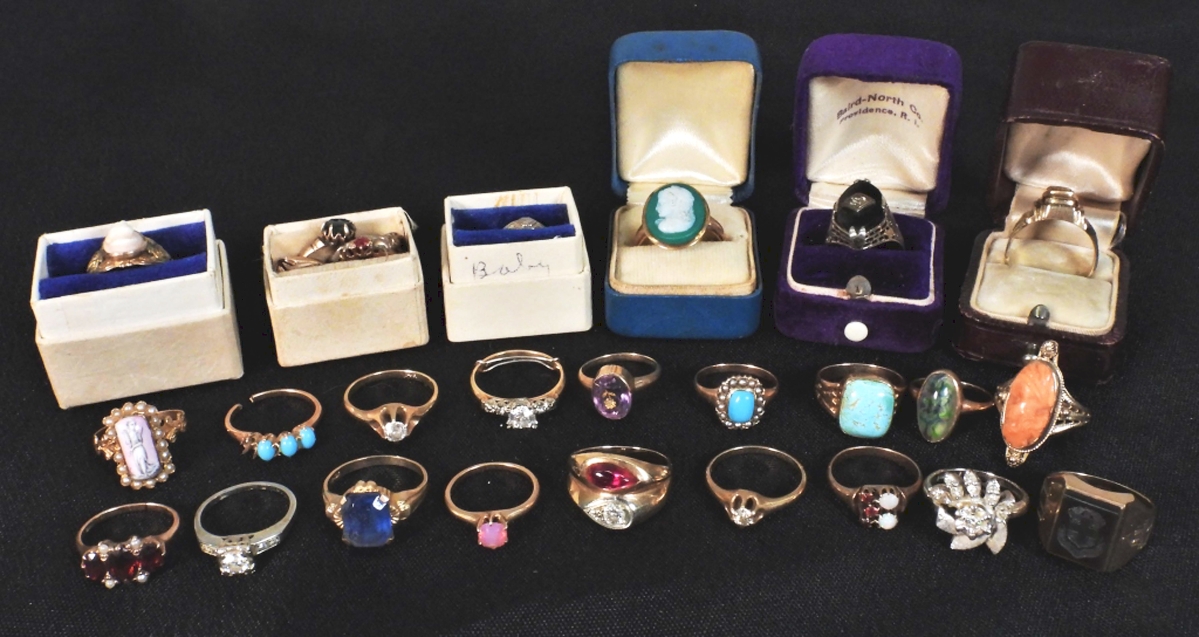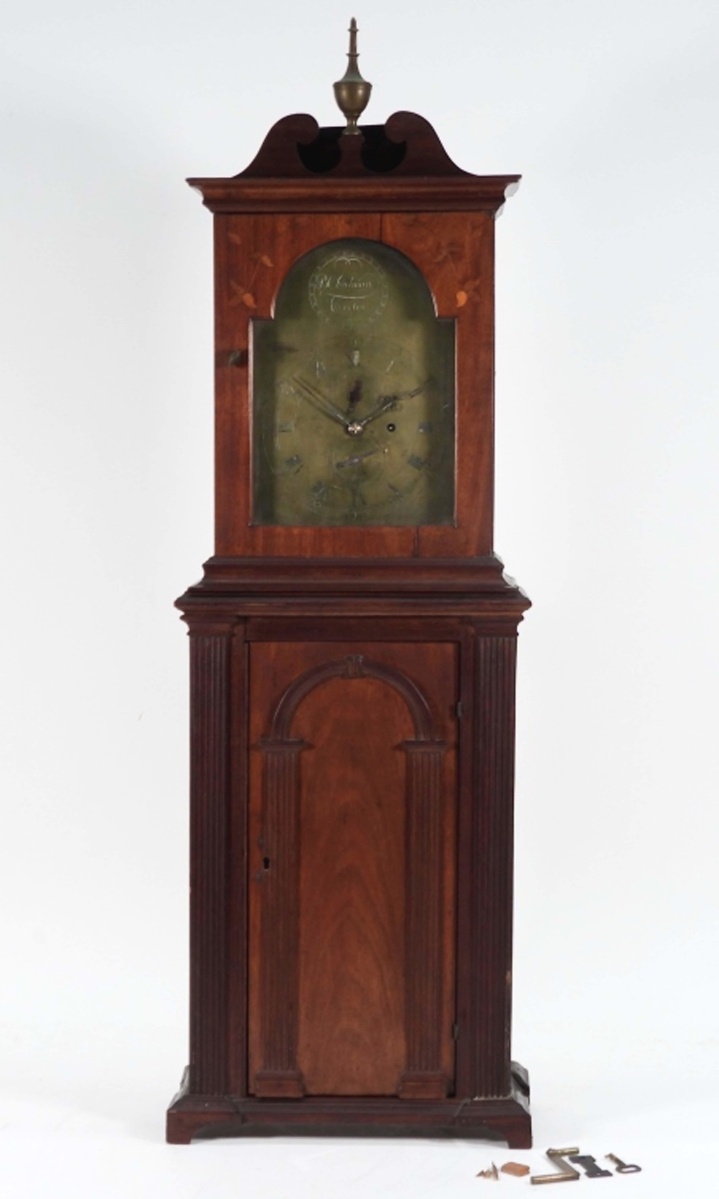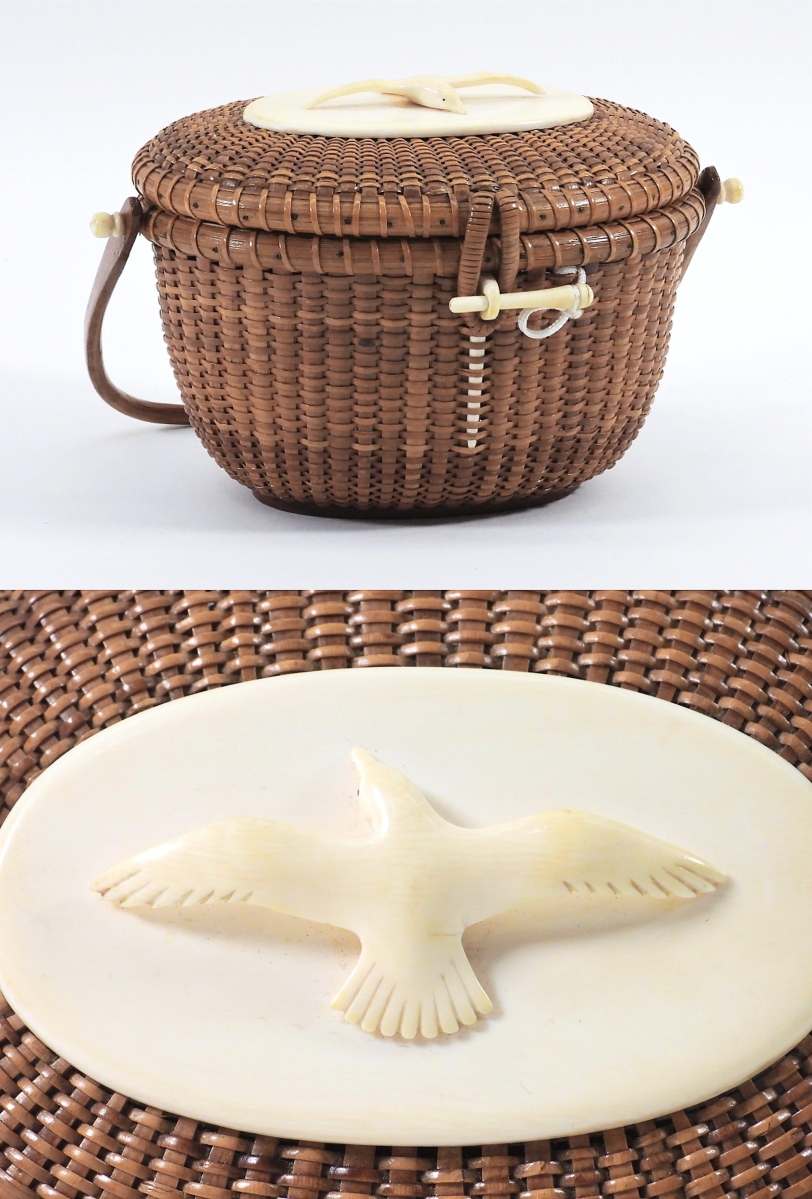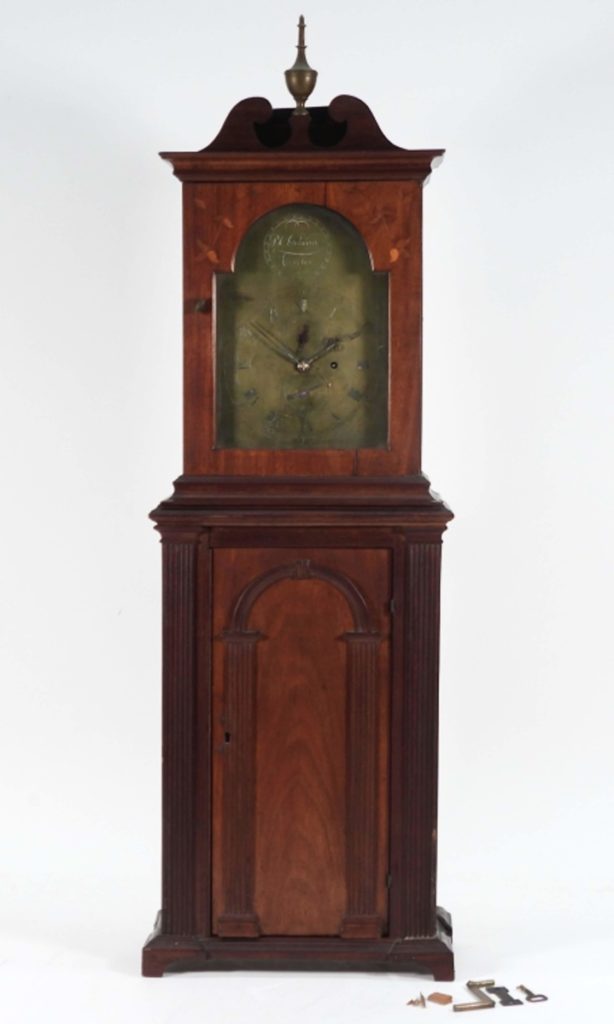
Consigned from a Dighton, Mass., estate, this shelf clock by B.C. Gilman (Exeter, N.H.) was bought by a collector at almost 25 times its high estimate for $49,200.
CRANSTON, R.I. – Bruneau & Co Auctioneers conducted its Double Session sale on February 27, beginning with a Couture and Jewelry auction in the morning and continuing with Fine & Decorative Arts in the afternoon. First was the penultimate session of the couture and jewelry collection from a prominent Cranston, R.I., collection, and the second session assembled fine and decorative arts from nearby New England estates. The two sessions totaled $243,500 combined; most of the couture went to collectors, and there was “a diverse demographic for the arts” according to Ashle M. Landry, Bruneau’s operations manager.
The top seller of the two sessions came from the art and antiques section, a shelf clock that multiplied its $1/2,000 estimate to $49,200. Commonly known as a “Boston” or “Massachusetts” clock because of the form’s origins in that area, Benjamin Clark Gilman of Exeter, N.H., made this example in the early Nineteenth Century. The clock worked at the time of testing, included its wind-up keys and showed inlaid vine and leaf detailing on its case. Five phone bidders vied for this piece, but in the end only two remained until the end. Born in Exeter in 1763, Gilman began his career as a silversmith and applied these skills to clock and instrument-making, for which he earned acclaim. He was later hired to install the town’s aqueduct, then became the superintendent and treasurer of the Aqueduct Company in Boston.
From the same Dighton, Mass., estate came a later Nineteenth Century clock from the Waltham Clock Company (active 1850-1957), the factory building of which still stands in the historic district of Waltham, Mass. The heavy ship clock had a brass face marked with Roman numerals, housed in a hinged brass case with a glass cover. In good condition, the clock was not attached to a wood base and was missing two screws, yet still sold for $2,812, almost four times its high estimate.
The second highest figure was achieved by the first session for an 18K gold bracelet and earrings set from the aforementioned Cranston, R.I., estate. Weighing 84.2 grams altogether, the gold set was dotted with brown enamel in a giraffe-like pattern. Like most other lots from this collection, the bracelet and earrings were in good condition with only some light wear associated with age and use. Estimated at $1/1,500, the set achieved $5,313.
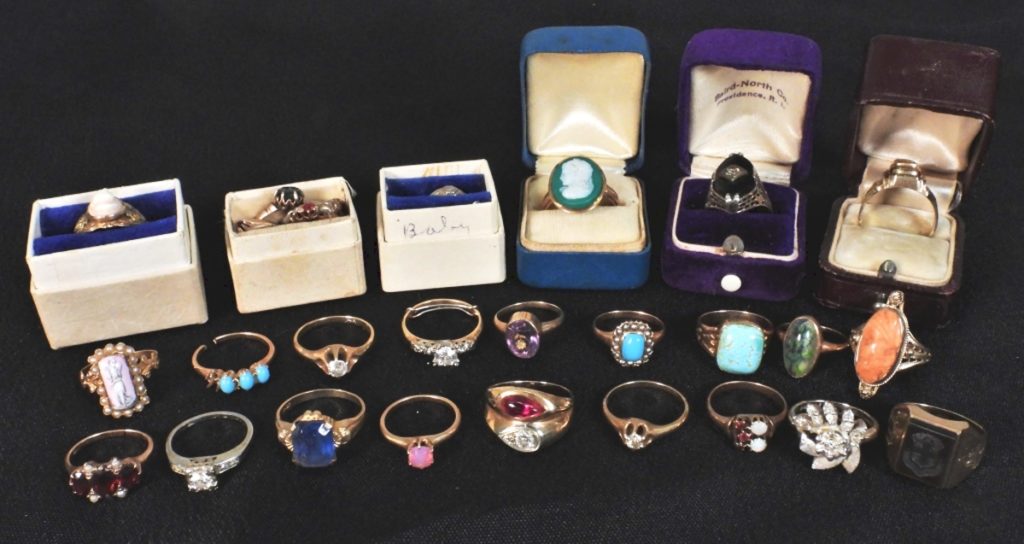
Including cameos, onyx, turquoise, diamonds and assorted styles of other rings, this estate collection weighed 69.1 grams and sold for $2,812.
Other jewelry lots from this estate also ranked high in the overall results. One 18K gold set of a chain link necklace, bracelet and earrings from David Yurman outshined its $200/300 estimate at $3,125. Next was another 18K bracelet, but this was decorated with 64 gold and yellow diamonds; it sold for $2,812 ($1,5/2,000). Also selling for this price was a group lot of estate rings in various styles and grades of gold ($1/2,000). The final set of jewelry in the top lots included a set of four bangles in blue and pink sapphires, green tsavorite and white diamonds, all in matching 18K white gold mounts, which achieved $2,040 ($1/1,500).
Fine art was represented by a watercolor sketch showing Jesus’ crucifixion, painted by Hyman Bloom (American, 1913-2009). The monochromatic painting shows the moment at which the cross is hoisted up, watched over by two putti. From Bruneau’s catalog, “Bloom was considered to be an art prodigy as a child, studying under artists Denman Waldo Ross and Harold Zimmerman who encouraged him to paint from imagination, not from life.” Later inspired by the grotesque realism of Northern Renaissance masters, Bloom’s later work explored the morbid beauty of decay. The watercolor was consigned from a Bristol, R.I., estate and rose to $4,375 ($800-$1,200).
Another painting of Jesus did well in the auction, this example in oil on board in a portrait bust format, painted by Charles Robert Leslie RA (Anglo-American, 1794-1859) that sold within estimate for $2,125 ($2/3,000). After Guido Reni’s “Ecce Homo,” circa 1639-40, the painting was signed by the artist in the lower left corner. Leslie was born and died in London, but his parents were American, and he returned with them to Philadelphia in early childhood. He studied under the early republic’s biggest names such as Thomas Sully and Benjamin West, then returned to England where he was elected to the Royal Academy and the National Academy of Design. Leslie’s commissioned portrait of Queen Victoria at her coronation now hangs in Windsor Castle.
The top lot from the decorative arts category was an “exhibition quality” Duffner & Kimberly stained glass lamp that impressed with its 39½-inch height as well as its $3,900 price. The lamp shade showed framed armorial cartouches, lions, fruit and acanthus leaves and measured 28½ inches in diameter, allowing for six working light bulbs to be covered beneath. The base retained its original pulls and showed a heart-shaped heat cap with four curled feet resting on a base. Even taller than the lamp was a pair of American bronze lions from the same era that were both 40 inches high, from a Hope, R.I., estate, that sold to an Oregon bidder for $3,125 ($400/600).
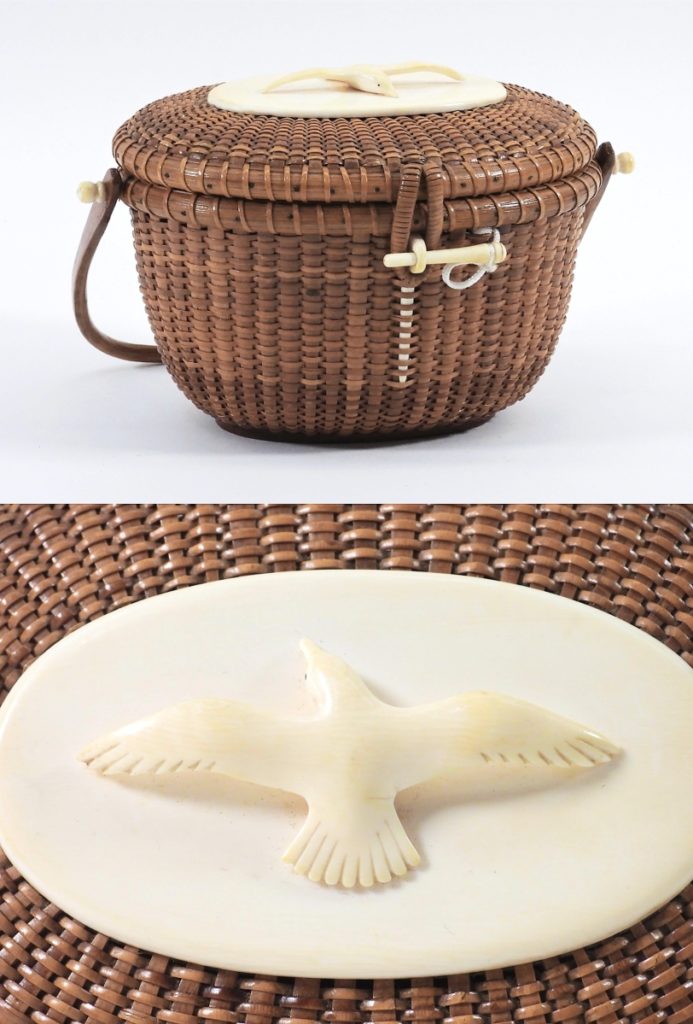
Signed by José Formoso Reyes, this little (5¼-by-8-by-5½-inch) Nantucket basket brought a big price at $3,750.
José Formoso Reyes (Philippines, 1902-1980) is a household name for Nantucket basket collectors and his work is almost always met with favor at auction. This sale was no exception, including a diminutive example of Reyes’ signed baskets from a Jamestown, R.I., estate that was only 5¼ inches tall and sold for $3,750. Carved in the round from bone, a figural seagull flew with its wings extended over a bone base on the basket’s lid, and it retained the original bone latch peg and eye. Before making baskets professionally, Reyes had a successful teaching career in the Philippines after graduating with a Master of Education degree from Harvard. He joined the US Army during World War II, later returning to America where he was unable to find a work as a teacher. Reyes combined traditional Filipino weaving techniques with those learned from his friend and Nantucket Lightship basket maker Mitchell Ray (1877-1956), and his coveted baskets can be identified by his signature on their wooden bases.
Two porcelain lots also exceeded their estimates with winning bids in the top lots. From the Qing dynasty (1644-1911), a delicately modeled, painted Guanyin sculpture on a double lotus base from a Westport, Mass., estate seated $2,500 ($1/2,500). From a Pawcatuck, Conn., collection came a pair of porcelain children by Julius Konrad Hentschel (Meissen, Germany, 1872-1907) that more than doubled its high estimate of $600/900 to $2,040. The boy and girl had a couple of chips but were otherwise in “very good” condition.
Prices quoted with buyer’s premium as reported by the auction house. The last session of couture and jewelry from a private Rhode Island collection will be hosted by Bruneau on April 24. For more information, www.bruneauandco.com or 401-533-9980.

